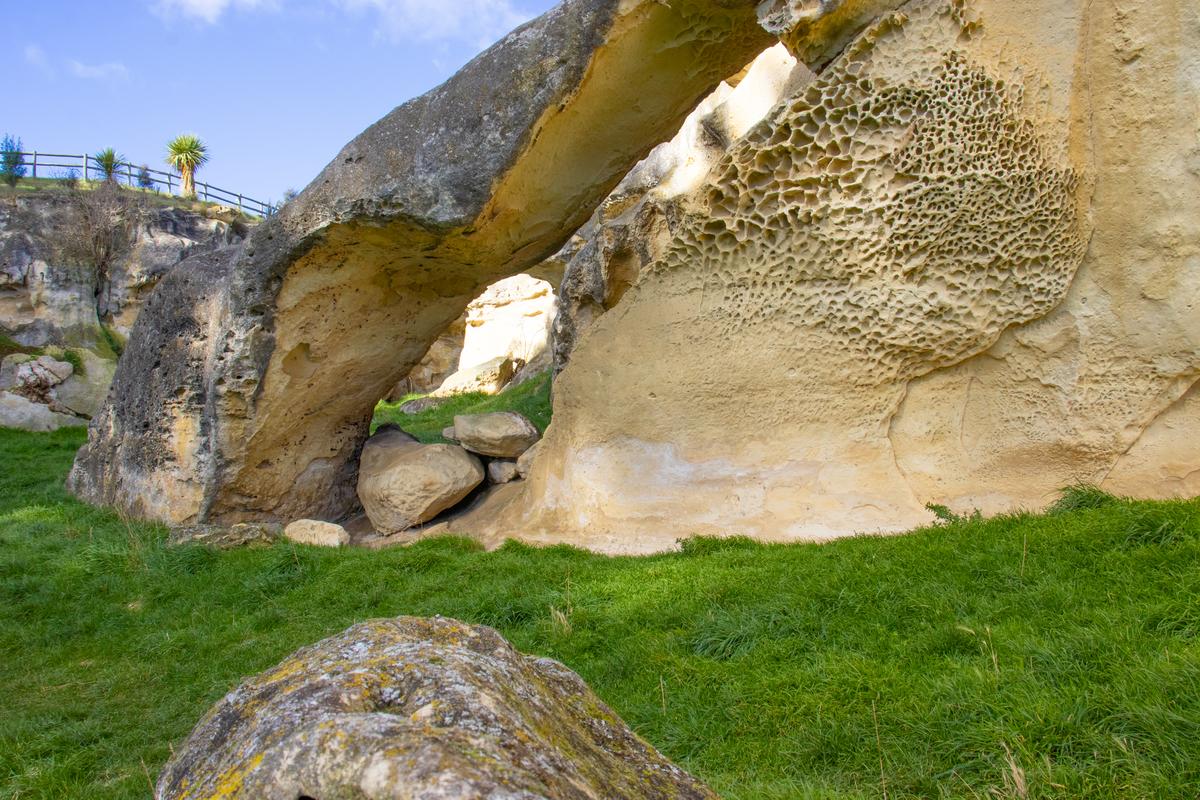Waitaki Whitestone UNESCO Global Geopark
As a proud tour operator within the Waitaki Whitestone UNESCO Global Geopark, we offer unforgettable journeys through some of the region’s most remarkable natural and cultural landmarks.
Our tour includes visiting sites such as the iconic Elephant Rocks, the fascinating Anatini Fossil Site, and two Māori rock art sites and other unique treasures that tell the story of the Waitaki district geological and cultural past and future.
There are over 40 sites in the Waitaki district and our tour lies within 9 of them! The track we explore includes Australasia’s only UNESCO Global Geopark one of just 229 worldwide and one of only 21 in the Southern Hemisphere. This prestigious designation highlights the area’s exceptional geology and the fascinating story of how the landscape has developed over millions of years. We are proud to share this unique destination and encourage you to learn more about the Waitaki Whitestone UNESCO Global Geopark by visiting the official website.

UNESCO Geopark sites
Waitaki River
Raki’s Railway Tunnel
Maerewhenua Māori Rock Art
Takiroa Māori Rock Art
Vanished World Science Centre
Elephant Rocks
Anatini Fossil
Valley of the Whales
We will drive and guide you to these special sites, sharing stunning views and rich history.
We look forward to welcoming you on a tour celebrating this remarkable region.
